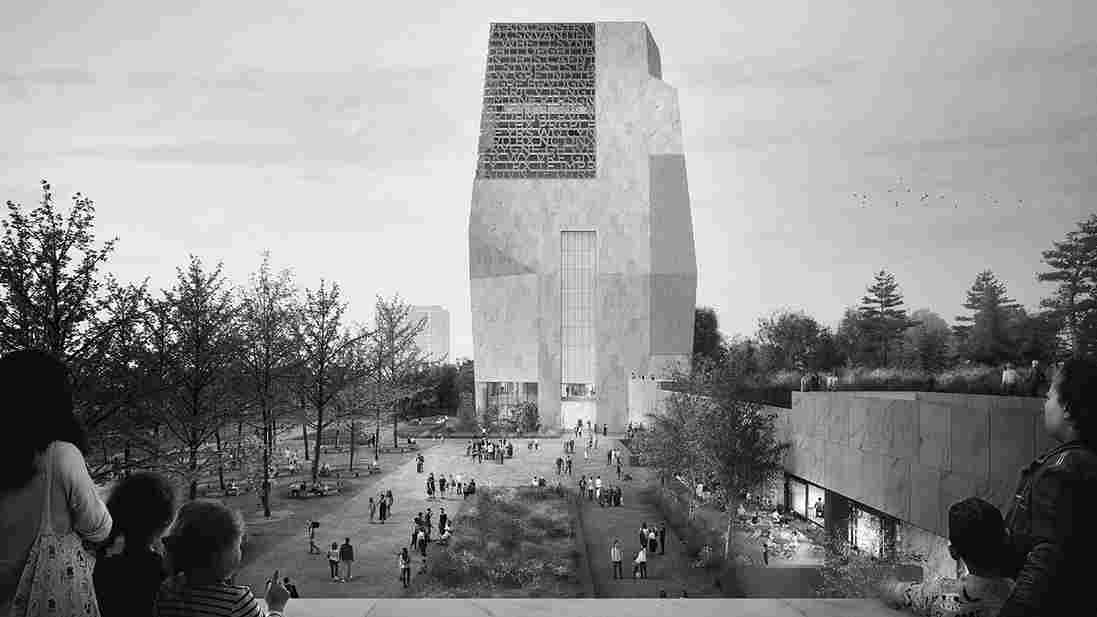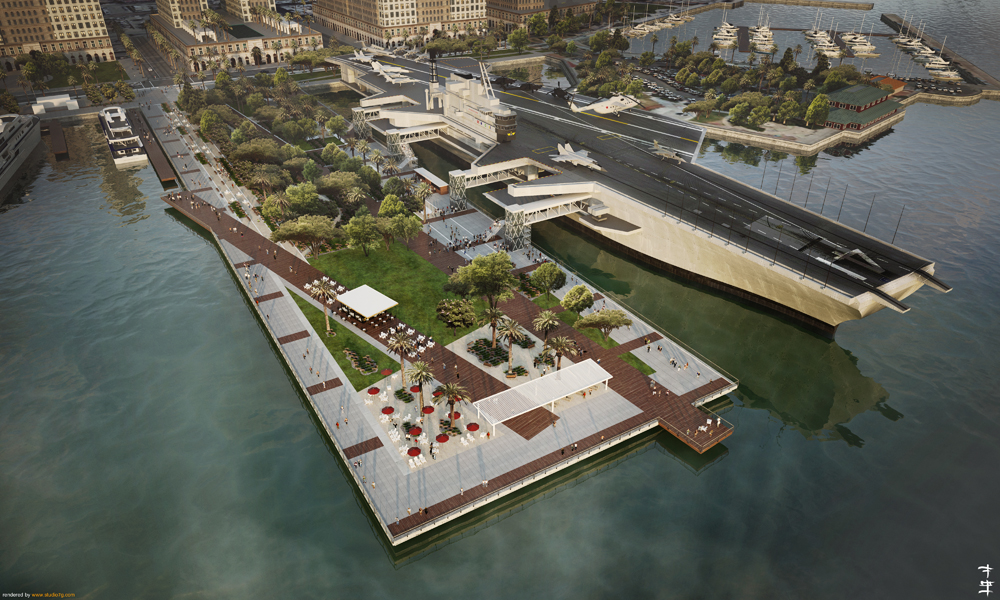Blair Kamin, for 30 years the architecture critic – and Pulitzer Prize winner – at the Chicago Tribune, has teamed up with Lee Bey, his former rival at the Sun-Times, to publish “Who Is the City For? Architecture, Equity and the Public Realm in Chicago.” It’s a collection of 55 Kamin essays from the past decade, with outstanding photographs by Bey.
When we talked about it earlier this week, Kamin expressed real concern for the future of architecture criticism in print and the crumbling economic model that supports it. We also touched on today’s big, fragmented media universe, compared to the great metro newspapers capable of sparking widespread civic debate
“They are powerful platforms read by a great number of people,” he said of the metro dailies. “They educate, inform, and hold developers and politicians accountable – and without that accountability, something is deeply lacking.
Yesterday I followed up via email with more questions on the topic. Kamin’s responses are below.
But if you really want to understand what we’re missing in architecture criticism today, read his new book.
In addition to Mark Lamster at the Dallas Morning News, John King at the San Francisco Chronicle, Michael Kimmelman at The New York Times, Philip Kennicott at The Washington Post and Inga Saffron at the Philadelphia Inquirer, who else are the architecture critics we should be following today?
If we’re talking architecture critics at big papers, you’d certainly add Carolina Miranda of the Los Angeles Times, Lee Bey of the Chicago Sun-Times, and Steve Litt (formerly of the Cleveland Plain Dealer) of Cleveland.com to this list. But big papers are no longer the only place to find smart architecture criticism. Some critics, like Kate Wagner, have developed large followings (92.2K) on Twitter. Others, like Elizabeth Blasius, combine the roles of historic preservation consultant and critic. Still others, like you, free-lance for a variety of publications. So there are reasons for hope amid the gloom of shrinking architecture coverage at the big papers. Even some of the big papers are finding new ways to make criticism economically viable. The Dallas Morning News, for example, has a cost-sharing arrangement with the University of Texas at Arlington, that supports Mark Lamster’s work.
How does the criticism landscape (and that of large daily metros) compare to 20 years ago?
In a word, terribly. The Boston Globe hasn’t replaced Robert Campbell. The Chicago Tribune hasn’t replaced me. In other cities, you have critics splitting architecture with another beat, like art, rather than being solely dedicated to architecture and urban design. Then there’s The New York Times, where Kimmelman writes well about the human dimensions of architecture, but appears highly infrequently. That matters because the Times sets the standard for American journalism. When you have less architecture coverage there, it’s bad not only for New York but also for the entire field.
Who have been the giants in the field? Lewis Mumford, Ada Louise Huxtable, Brendan Gill for sure, but who else?
Paul Goldberger. Allan Temko. Paul Gapp. Robert Campbell. All Pulitzer winners. All consistently excellent. I learned tricks of the trade from all of them.
And who started the whole criticism field for architecture?
Ada Louise, of course, but also Allan Temko, who wrote biting, influential criticism for the San Francisco Chronicle from the 1960s onward. Temko coined the phrase “activist criticism,” which he defined as war in the trenches attacks on ugliness as opposed to Mumford’s rarified jeremiads in The New Yorker. Temko used that method to reveal what a powerful impact a critic could have on his city and region.
What are the challenges of a fragmented Internet media network for a focused critic?
The fragmentation of the media landscape makes it tremendously difficult to command a broad audience, as you could from the platform of a big metro paper. Without such a platform, it’s hard for a critic to fulfill the mandate set out by Ada Louise—to build a bridge between the public and the public realm.
And finally, what are the solutions for a dearth of print criticism today?
Some, but certainly not all, of the solutions, will be in digital-print hybrids as print goes the way of the Model T. I’ve already mentioned the cost-sharing deal that supports Mark Lamster’s work. Non-profit newspaper ownership structures, like those now in place in Philadelphia and Chicago, also are helping papers to put architecture criticism in their pages and on their websites. In the end, of course, architecture criticism has to migrate almost completely to the web – because that’s where the readers are. That transition has accelerated in recent years and often to good effect; critics are taking advantage of the rich opportunities the web offers for visual storytelling. So the field isn’t dead. It’s evolving—painfully, to be sure, but I wouldn’t write its obituary just yet.
For more, go here.
[slideshow id=2498]



